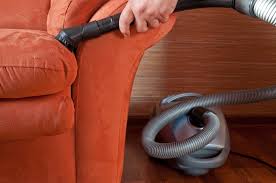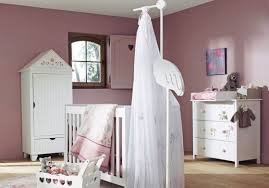A leather sofa is an elegant investment for your home. It may cost a bit more than ordinary furniture, but due to its durability and ability to last for years, it is well worth the price. Unlike wood furniture, a leather sofa does not lose its quality over time if properly maintained. It can actually look better with age, and its beauty adds a touch of class to any room.
A lot of leather sofas are now available in stylish and vibrant colors, as well as varying shapes and designs suitable for modern and traditional homes alike. They are also easy to maintain and repair as long as you learn the proper way to care for them.
To maintain the beauty and luster of your leather sofa, here are a few cleaning and repair tips:
1. The first step in maintaining and cleaning leather furniture is to dust it weekly. Use a soft cotton cloth or duster to wipe off dust that has collected. You can also utilize a vacuum cleaner that has special brush attachments appropriate for cleaning leather materials. Do not use regular vacuum brushes, though, as they can scratch the surface.
2. If your leather sofa has become too dirty, use a soft cloth dipped in a mixture of water and gentle soap to wipe away the dirt. Make sure that the solution is not over saturated with soap because it may alter the quality of the sofa. After removing the dirt, use a soft cotton cloth to buff the furniture dry.
3. Avoid exposing your leather sofa to direct sunlight for prolonged periods of time. Also keep the sofa away from strong heat sources. Extreme heat will fade the color of the leather.
4. Remove edge fluffs and fibers by carefully cutting them with scissors. It is necessary to smooth these areas, especially if you have small kids who may try to pull the fibers out because that will cause more damage.
5. Use a leather patch to cover torn areas. Trim the patch to fit the tear then glue the lifted pieces. Allow it to dry for an hour.
Jessica Greving
NMLS# 21685
Residental Mortgage Network
RMN NMLS# 1495
Office: 319-354-7501
Cell: 319-330–1502
Fax: 319-354-8740
http://mortgageforall.com





